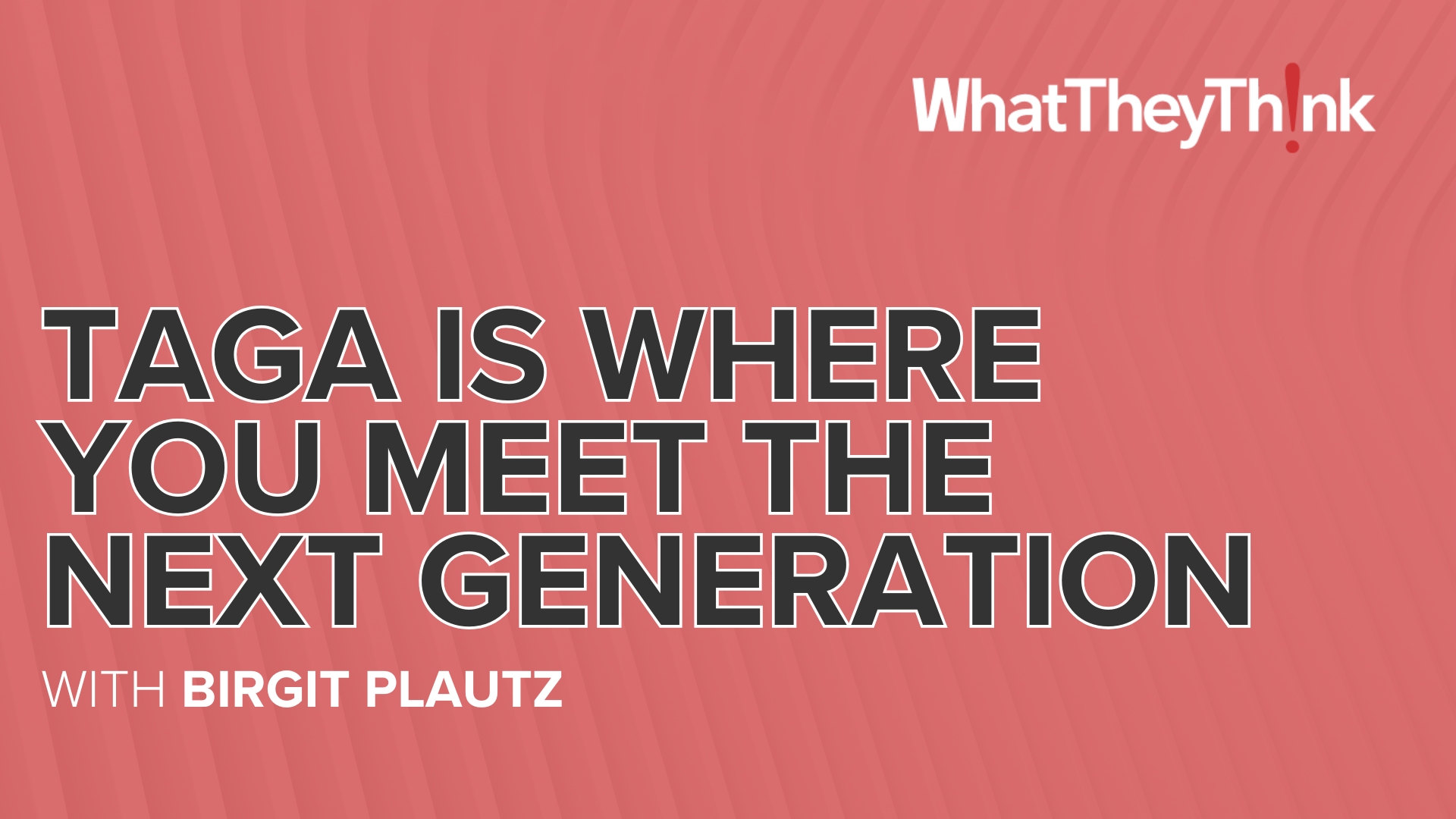Following up a
previous post (and it seems we have a winner with the term “sustainability”),
Re-Nourish has a post from last month that looks at sustainability from the designer’s side of the workflow. It begins with the “classic” definition of sustainability, from Gro Harlem Brundtland, the former Prime Minister of Norway and Chairperson of the World Commission on Environment and Development, whose 1987 Brundtland Report gave us the definition:
Development that meets the needs of the present without compromising the ability of future generations to meet their own needs.
The author stresses the inclusion of what we have been referring to as the other “pillars” of sustainability in addition to just environmental issues. The money paragraph comes at the end:
For young designers, I see sustainability as an agreement with themselves, their peers, and their communities. It is an acknowledgement on the part of the individual that they will take more factors into account than an assignment or job stipulates. Sustainability requires more work; more research, more development, more trial and error, more refining. But if we can train our young designers to see beyond the immediate benefits of a product or service, and to look at the long term effects of its existence, then we can begin to move towards creating products and services that last longer, reach more people, and not only have less impact upon, but perhaps even improve the ecological, economic and social systems that impact our lives.
Now we just need to train our old designers, too.
About Richard Romano
Richard Romano is Managing Editor of WhatTheyThink. He curates the Wide Format section on WhatTheyThink.com. He has been writing about the graphic communications industry for more than 25 years. He is the author or coauthor of more than half a dozen books on printing technology and business. His most recent book is “Beyond Paper: An Interactive Guide to Wide-Format and Specialty Printing.













